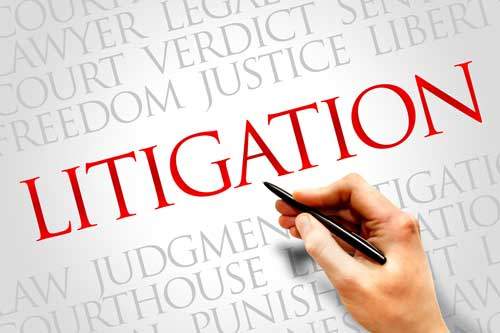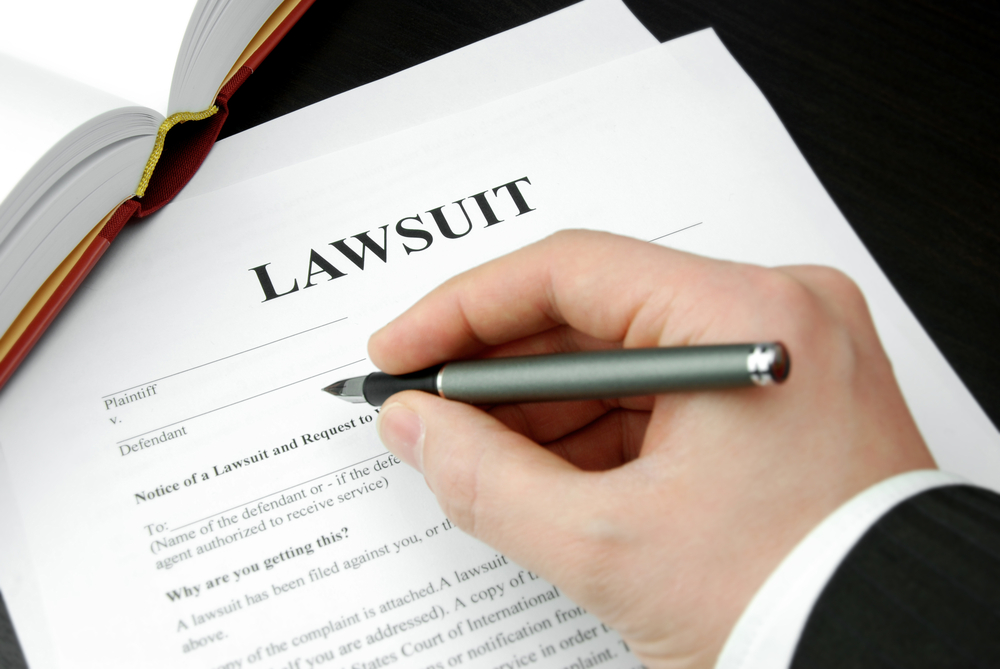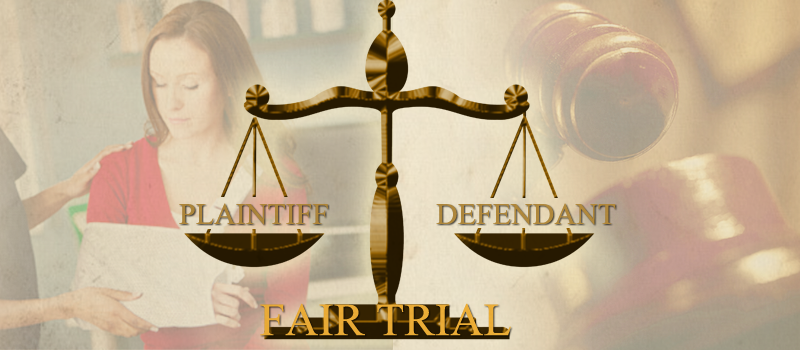What is litigation? – Solubilis corporate Services
Litigation is a term which is used to describe the proceedings between the two parties enforces or defends the legal right. There is a possibility for litigation that it may typically settled by an agreement between the parties but also be heard and decided by the jury or judge in a court.

Litigation is not simply a lawsuit; it includes any number of activities before, during and after the lawsuit to enforce the legal right. Arbitration, pre-suit negotiations, facilitation and appeals may also be a part of litigation process.
Litigation is the process of going to court and argue your case. The Case may be criminal, in which the state argues that a citizen have violated the law or civil in which two citizens or businesses argue against each other.
There are several other smaller courts within each of these categories. For example, criminal cases about traffic violations or youthful offenders have their own courts and civil cases relating to family, housing and bankruptcy often have their own courts. Some litigation also takes place in administrative courts.

Exact procedures vary by court and by state, but mostly follow a similar pattern. One side known as plaintiff, complainant or prosecution files a complaint listing out all of ways the other party broke the law. The other party denies or admitting the complaint. There is a period called investigative period in which both the parties investigate the facts of the case.
The parties attempt to resolve their issues many times over these initial stages, but if these attempts are unsuccessful, the case will go to trial.
A Judge presides over the trial to make ensure that the law has been interpreted accurately and that each side follows the procedure. In some cases the judge decides the facts of the case or the task is left to the jury.
In a case if both the parties feel that the judge made an error in her interpretation of the law or procedure, the party can appeal this case to the appellate court and they will just the review the decision of the judge for accuracy. When the appellate court finds any error in that case, he will send that back to the trial court for correction.
Some of the significant terms to know:
Objection: Strict rules govern which evidence may be considered in a court room. An objection is a challenge to the other party’s evidence.
Plaintiff/complainant: The one who filed the complaint in a court proceeding.
Defendant: The one against whom the plaintiff files a suit.

Respondent: The party who must respond to an appeal.
Petitioner: The party who appealed a court’s decision.
Discovery: It is a period in which both the parties investigate the case.
Potential witnesses: The witnesses’ answers will be recorded officially and the transcript becomes the evidence in later.
Commercial litigation involves with wide range of matters including the disputes with suppliers, customers, financiers, business partners, competitors and government.
Lawsuits are inevitable when you run a successful business. Litigation are necessary in appropriate situation. However, if you manage the disputes properly, then that would be an excellent way to avoid litigation.
There are so many reasons why a business should avoid litigation. It can lead us a torrential path that may be impossible for a company to recover from. If you fail to avoid unnecessary risks, it doesn’t facilitate the proper risk management which is necessary for a successful business.
One thing that executives fail to take account for when deciding whether or not to bring a case to trial is that litigation distracts the employees and manages from doing their jobs. This distraction not only for the time commitment for the trial but also from the emotional factors caused by litigation (For example: Fear, anger, stress etc.). These distractions are time consuming and detrimental to a company’s productivity.
Litigation also involves with business relationships either directly or indirectly.
It may create adverse effects on reputation of a company, among potential investors and partners, consumers, employees of a company and industry oversight groups.
The following are the five common tips to avoid litigation:
Golden rule:
Before declaring all war against an adverse party, just consider what is objectively right not only from your perspective but also see from your potential adversary. When you increase your level of perception and stepping into the shoes of the opposing party, one can achieve a more enlightened understanding of what motivates the other party. This common ground helps both sides to achieve the agreeable settlement and avoid litigation.
Analyse company’s historical performance:
An understanding of the company’s historic deficiencies or weaknesses from the situation which have previously resulted in litigation can help the company to avoid the litigation for the similar situation in future.
However company should not study only the situations in which the company got sued or has it suited in order to avoid the litigation. It is indeed to carefully scrutinize where the problem was resolved and suit was successfully avoided. It is important to understand the causes behind the failures and reinforce the factors which support success.
Improve the communication:
Clear communication from the inception of business relationship through the final transaction between the two parties is very essential. Few might disagree that there is a need to carefully the read the letters of intent, addendum, contracts, purchase orders, drafts with certain terms and conditions or even letters and emails. By having the communication between both the parties should be clear and open in the waning days before litigation occurs is equally crucial in order to avoid the litigation. Litigation often occurs due to one side’s complete failure to respond to the other side’s communication.
Do not sit on potentially threatening developments:
Opportunities to avoid the litigation are often missed simply because inadequate resources and attention which are dedicated to a dispute in its early stage. One effective method to ensure the proper identification and analysis of potential or existing risk is to implement the expedited review procedure. Such procedures help to ensure that resources are timely employed to enhance the prospects of avoiding the litigation.
Some of the examples are:
- Identify the stage of the risk and develop a plan for risk evaluation;
- Ensure follow-up;
- Create a reporting procedure to encourage employees to report the potential risks;
- Start with basic steps to evaluate the risks;
- Identifying, interviewing and evaluating the potential witnesses;
- Identifying and retrieving the important and the potentially relevant documents and the electronic information;
- Necessary resources can be allocated and delegate the authority as needed;
- Identify the anticipated dispute and undisputed fact issues and key legal questions.
Incorporate the risk shifting and litigation avoidance provisions:
Mostly business disputes will be either directly or indirectly related to contractual instruments. One of the ways to avoid litigation is to include the litigation avoidance provisions and or risk shifting avoidance provisions within the contractual instruments.
Examples of such provisions:
Risk shifting avoidance provisions:
- Release language;
- Disclaimer language;
- Waiver language;
- Additional insurance provisions;
- Indemnity and hold harmless provisions;
- Exculpatory agreements;
Litigation avoidance provisions:
- Fact finding or neutral evaluation;
- Require partnering where the parties agree to cooperate as a team in order to improve the communication and avoid disputes;
- Cure provisions;
- Mandatory mediation provisions;
- Arbitration provisions, sometimes preceded by mandatory mediation;
Litigation avoidance is usually preferred when the company’s objectives can be achieved through the reasonable alternatives especially if it is at a lesser cost. Alternative methods which are available should be explored and precautions should be implemented for both the existing and potential legal disputes.
For more details -> Click here